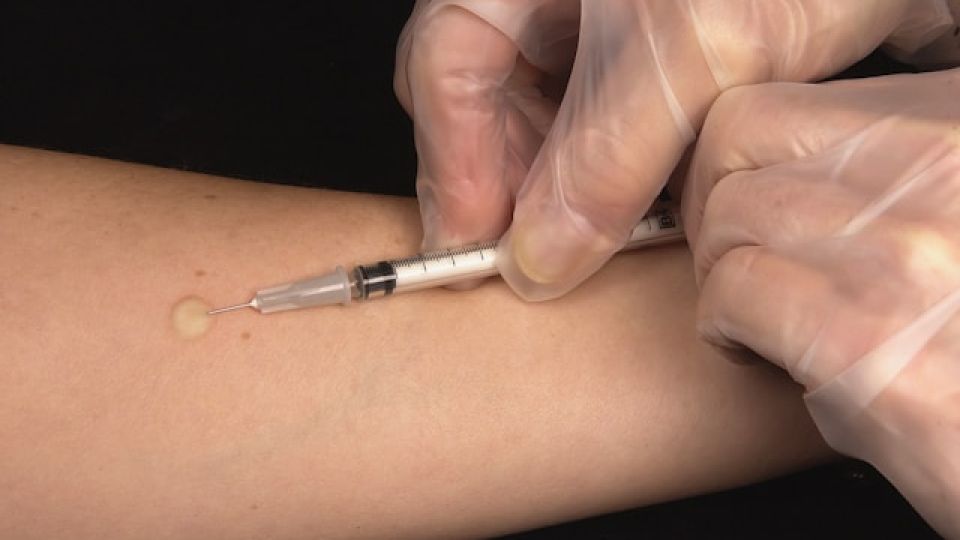March 24, 2025
THIMPHU – Tuberculosis (TB) cases have been steadily rising in Bhutan over the past five years, making it a major public health concern.
On average, TB cases have increased by 22 annually.
In 2024, Bhutan recorded 920 cases, including 66 cases of drug-resistant TB (MDR-TB), with 36 fatalities.
According to the Ministry of Health, of the total 920 cases, 602 were pulmonary TB, while 318 were extra-pulmonary TB.
Despite being preventable and curable, TB remains one of the deadliest infectious diseases globally.
The World Health Organisation (WHO) estimates that nearly 4,000 people die from TB daily, with close to 28,000 falling ill each day.
In Bhutan, TB remains a significant challenge, particularly among the economically active population. About 83 percent of cases occur in individuals aged 15-44.
The rise in drug-resistant TB and the complexities of treatment pose growing concerns.
Health officials said that TB not only reduces productivity but also places a heavy economic burden on affected individuals, as treatment is extensive. “TB spreads easily when an infected person coughs or sneezes, expelling bacteria into the air,” said a doctor.
Although case detection rates and treatment success have improved, MDR-TB cases continue to rise. MDR-TB occurs when TB bacteria become resistant to at least two of the most potent drugs—isoniazid and rifampin.
The country recorded 920 cases in 2024, a slight increase from 864 in 2023. Slow contact tracing and limited diagnostic facilities have contributed to this detection gap.
To combat the spread of TB, the Ministry of Health has strengthened detection efforts among close contacts of TB and MDR-TB patients.
“We are deploying mobile TB vans to high-risk groups and expanding rapid diagnostic services, which are currently available at 17 sites,” said Phurpa Tenzin, a senior programme officer.
Bhutan is using Qure AI technology for faster screening.
Efforts to eliminate TB include expanding GeneXpert sites in high-burden districts, ensuring a continuous supply of TB medicines, and improving adherence to treatment.
Bhutan has set an ambitious goal to eliminate TB as a public health problem by 2030.
“To achieve the End TB goal, we aim to reduce TB incidence by 80 percent and mortality by 90 percent compared to 2015 levels,” Phurpa Tenzin said.
He urged the public to refer individuals with symptoms to the nearest health center for screening.
Despite robust health interventions, TB remains a major public health issue in Bhutan, affecting both urban and rural communities.
According to the Health Bulletin 2024, TB cases are particularly high among young adults aged 15-24, with 72 males and 98 females diagnosed with pulmonary TB.
Extrapulmonary TB also peaks in this demographic, affecting 41 males and 61 females.
Ongoing initiatives focus on strengthening healthcare infrastructure, enhancing diagnostic capacity, and promoting awareness to combat stigma and encourage treatment adherence.
WHO aims to end TB by 2030, targeting a 50 percent reduction in cases and a 23 percent reduction in deaths compared to 2015.
Over 80 percent of TB cases and deaths occur in low- and middle-income countries, with South-East Asia, Africa, and the Western Pacific regions reporting the highest burdens.
An estimated USD 22 billion is required annually for TB prevention, diagnosis, treatment, and care to meet global targets.
Treating MDR-TB remains significantly more expensive than treating drug-sensitive TB, adding to the financial strain on health systems worldwide.


